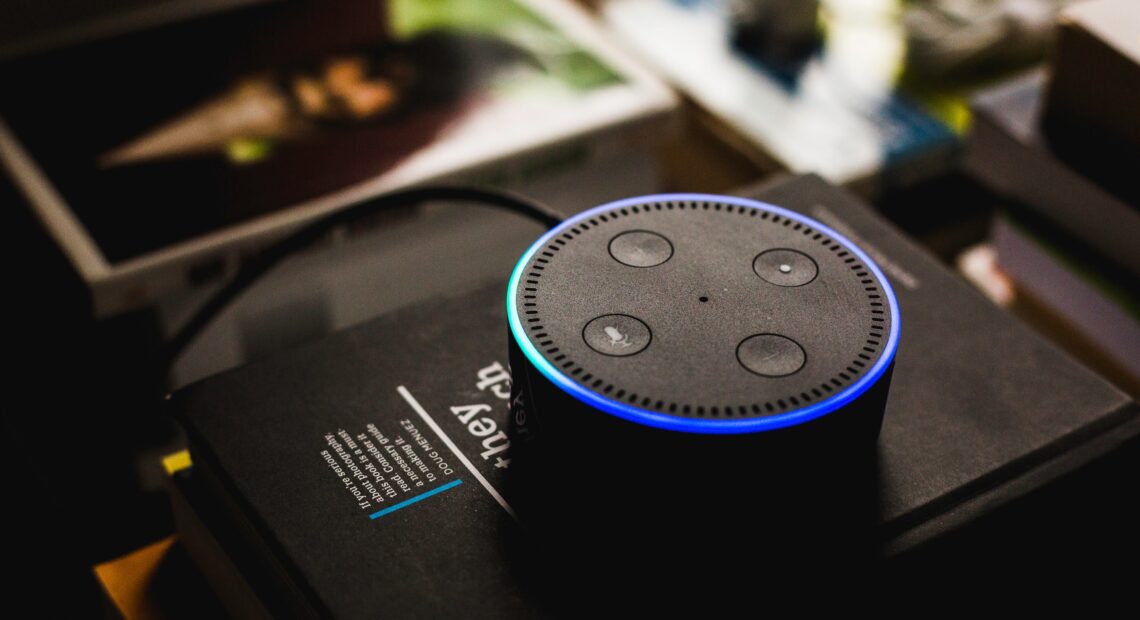Companies already have tactics for moving their businesses forward, so they are often very hesitant to understand the specifics of modern solutions, especially if the benefits of a technology are not obvious. Though difficult to understand, investing in Internet of Things (IoT) systems could level up your revenue stream while offering other engaging prospects.
Because the benefits of investing in IoT technology require clarification, let’s discuss those benefits before highlighting the primary steps to invest in IoT and covering the potential challenges.
Benefits of Investing in IoT
1. Business Opportunities
The latest report estimates that 31 billion new IoT devices were installed in 2020. These technologies include remote monitoring, asset tracking in supply chain management sector and smart city projects, all of which have already shown successful business outcomes.
These kinds of IoT solutions increase an organisations’ ability for an overall market repositioning and can help launch new products. This, in turn, makes a difference in market feedback and customer reviews.
2. Cost Reduction and Efficiency
The capability to get real-time data from devices in an intelligent environment can help organisations rebalance overhead by cutting operating and service costs. In the manufacturing industry, for example, improved production and service efficiency can drive more activity and cause less downtime. As the turnover of the business increases, you can use these technologies to monitor production less often and prevent production losses.
3. Safety
Real-time monitoring of poorly serviced industrial equipment or tangible assets allows for accelerated emergency response. For instance, intelligent office buildings are frequently equipped with sensors for secure access. Fingerprint scanning for authorised entry can reduce the risk of intrusion. Living, as we do, in a contentious age of regulation and litigation can sometimes lead to massive financial consequences that can make it difficult for businesses to recover.
4. Personalisation
On the sales end of the spectum, gathering data from IoT-enabled devices can generate personalized advertisements to improve customer awareness by offering a list of products focused on their needs or personal healthcare treatment. The merger of personalisation and IoT allows businesses to broaden consumer-based marketing by, for example, suggesting related products when a client buys one product.
How to Get Started with an IoT Investment
The first step to a successful IoT investment is to ensure it is aligned with financial rates of return. From a financial perspective, initial investment costs often do not fully cover the range of ongoing processes throughout the entire IoT-enabled organisation. So, keep in mind your business model and factor in additional operating costs for each product or device that may be required.
Some internal processes within the organization should also be transformed because new digital services affect current activities in the operational, organisational and financial structure. In other words, a brand new culture requires hard skills and, sometimes, additional manpower to allow the company to be ready to face cutting-edge transformations.
Beyond transforming your internal structure, a well-structured project management plan ensures the company’s entire ecosystem operates smoothly. While adopting new digital approaches, choose the best tools to maintain transparency in processes and ones that offer high efficiency.
IoT Investment Challenges
The crucial moment of any business in the decision-making process comes while estimating potential challenges. The primary point to consider is the high investment costs of IoT adoption. Even if the company isn’t aware of what kind of ROI to expect, a lack of resources will make your financial capabilities more sensitive.
Also, the substantial amount of data generated on IoT devices raises security concerns. Regular IoT security assessments are necessary to equip an IoT platform with the most robust security protocols.
Finally, business leaders should ask potential vendors how they will mitigate connectivity downtime. IoT technologies require maintenance, and the right vendor can help ensure uninterrupted platform connectivity.
Conclusion
The fields of healthcare, agriculture, utilities, manufacturing and transportation are experiencing new heights thanks to IoT investments. IoT-generated data has helped to improve customer experience, product quality, operating efficiency and overall revenue streams.
Companies always need to consider the risk of failing to compete technologically in their sector. Inaction in considering IoT is no longer an option due to its rapid growth. Before an IoT investment, businesses need to create a strong plan and evaluate the challenges. However, by leveraging leading technologies, you may be able to scale your business fast.
Source: Forbes
[sibwp_form id=2]













